'The Max Mara woman’s agenda is to change the world': how Ian Griffiths went from Derbyshire punk to the king of camel
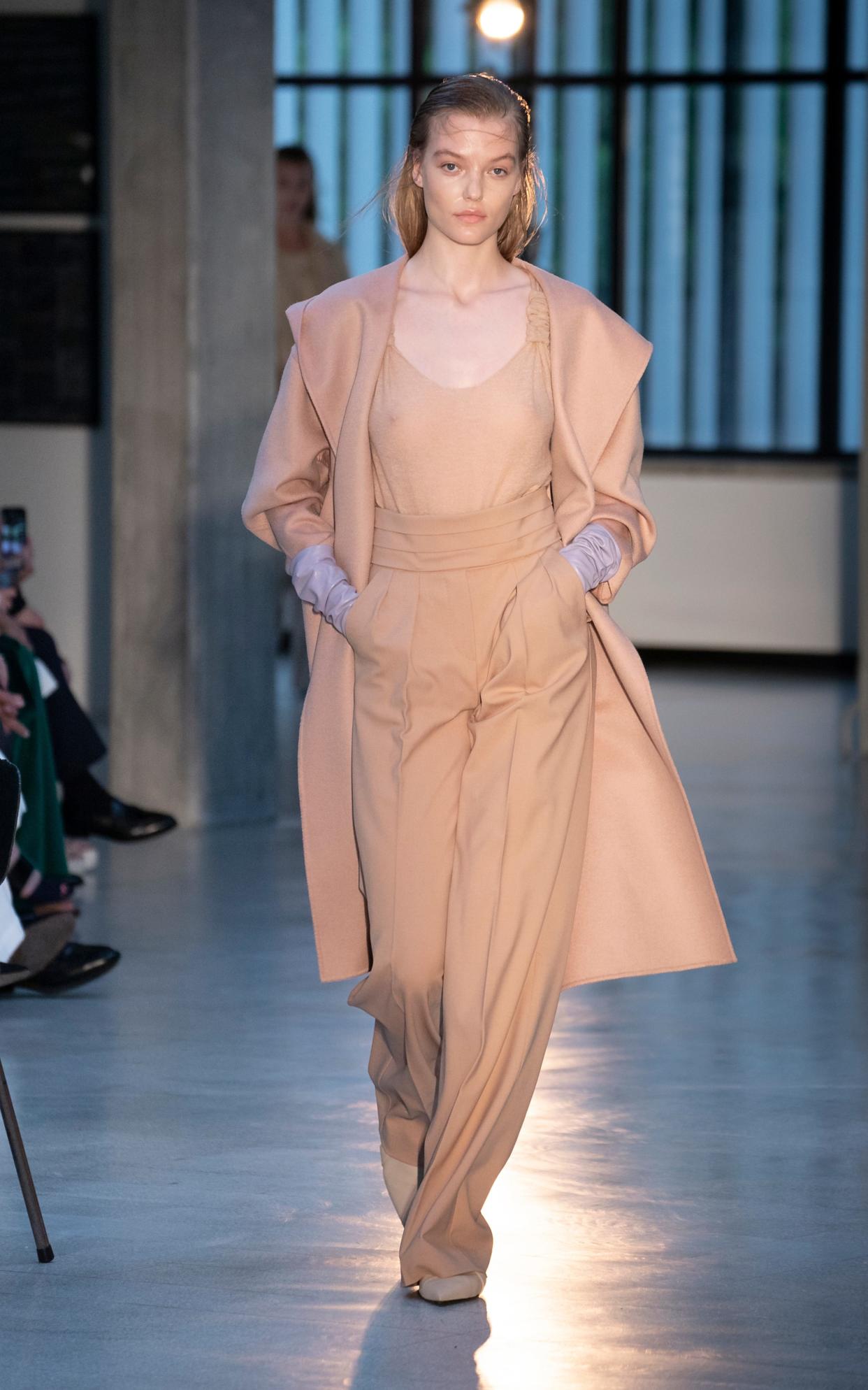
The world's great fashion houses appear to be locked in an arms race. They use strobe lighting and smoke machines. They build gigantic sets involving real icebergs towed in from Sweden. Baby dragons and severed heads pop up here and there. Sometimes you'd be forgiven for thinking you've strayed from Milan Fashion Week to Westeros.
It takes a lot to cut through the noise, but Max Mara does precisely that. Ian Griffiths, the Italian label's creative director, doesn't line the runway with flame throwers and jugglers. He does the exact opposite. His catwalk has zero frills, but what it does have is woman after woman striding past wearing the most irresistible, wearable, desirable clothes.
'I want that one,' you think, as a look flashes past. 'And that one. And that, and that and that.' It's almost impossible to come out of one of his shows without having mentally recalibrated your whole next-season's wardrobe on the basis of what you've just seen. "Real clothes for real women is core to the Max Mara philosophy," says Griffiths. "And it's core to my philosophy too."
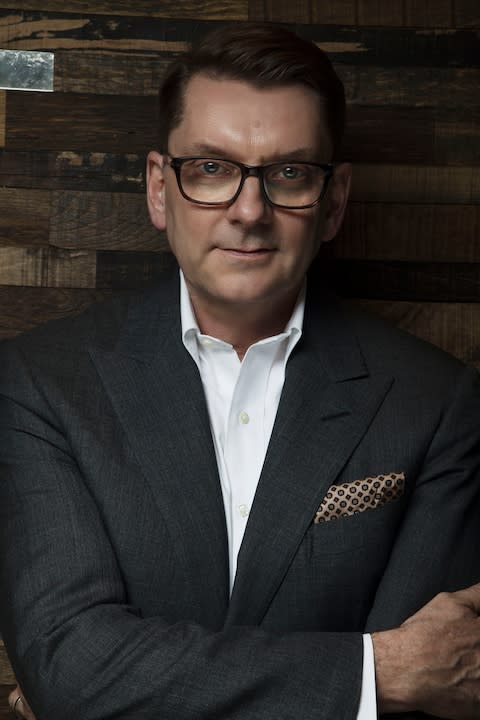
Max Mara opened its doors in 1951 with a unique proposition. Its founder, Achille Maramotti, had as his muse and ideal customer not a Grace Kelly lady of leisure sunning herself in Capri, but a working woman. What he gave her was the cashmere and camel-hair weaponry to equip her to conquer a boardroom.
The company now turns over more than £1.4 billion. Griffiths, meanwhile, has been with the house for 31 years. He is so in tune with Max Mara and its values that, he says, "I dream in camel."
Since most creative directors play musical chairs season by season, swapping from label to label with dizzying frequency, his loyalty is pretty revolutionary in itself.
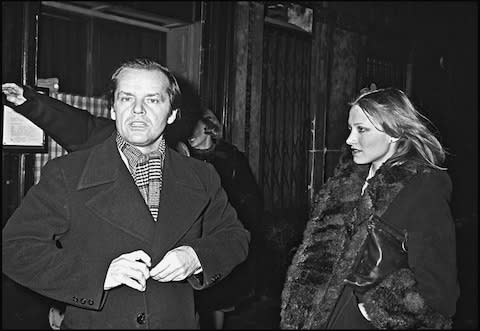
"I've found my home," he explains, settling his Timothy Everest-clad form on a pristine white leather armchair in the company's former HQ in Italy. "I can't draw a line where Max Mara ends and I begin."
This is startling. For all his current elegance, Griffiths is a former punk from Derbyshire who spent the early '80s in Manchester, clubbing every night, fashioning his own clothes out of bin bags and curtain linings, and dyeing his hair a rainbow of colours.
"I was very bright at school," he says. "And then I was a wild child. I changed my hair every week from pink to green to blue. Most people must have thought we all looked equally ridiculous, but we were alive to nuances of image that were fundamentally important to us.
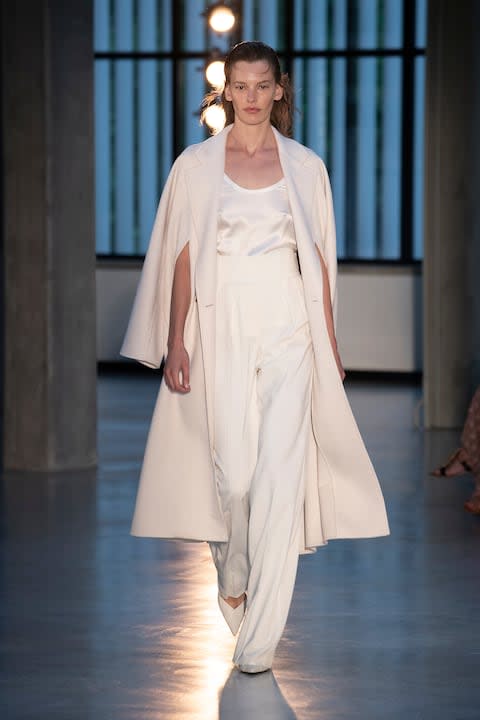
"If I wanted pink hair, it had to be a particular shade of pink, and the orange highlights had to be just right. I lived on £57-a-week benefits but it was the most liberated time. Clubbing is a full-time job and three years can pass very quickly that way."
One day Griffiths was slumped on a sofa in his Manchester flat after a heavy night when a newsflash announced that Margaret Thatcher was toying with the idea of conscripting unemployed young men to serve in the Falklands. Alarmed, he quickly enrolled on a fashion course.
His father worked in computers and his mother was a teacher, his brother became a banker and his sister a curator - not too much obvious creativity on show. But, for Griffiths, his education in style "starts with my mother. She was serious about her career and she had a family and multitasked, and she was always immaculately turned out.
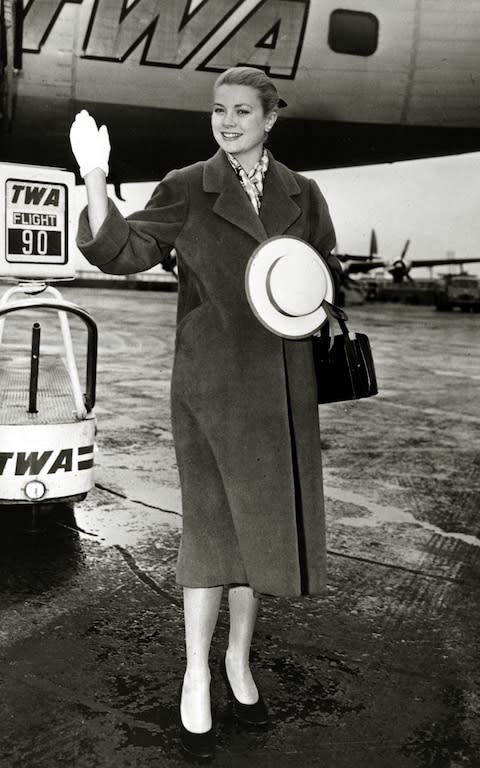
"She understood the power clothes could give you, the self-worth, the control you can gain from being well dressed. She used to make her own clothes but I'd choose the patterns and fabrics." And this is the crucial bit: "She was smart: camel coats, dresses, pencil skirts... Always heels. She's 82 now but still wears heels."
It was while he was studying at London's Royal College of Art that he entered a competition to design 12 looks for Max Mara and 12 for Weekend Max Mara, one of the brand's diffusion lines. The prize was a job for life, and so Griffiths left the UK and settled in Reggio Emilia, slap in the middle of Italy's upper thigh.
He may have left his own home, but he soon found he'd joined another family. People work for the label for decades, sometimes generations, and Griffiths has, he says, an "excellent rapport" with Luigi Maramotti, Achille's son and Max Mara's current chairman. Griffiths has a home in Highbury, north London, with his husband and two jackadoodles, Nico and Lexy.

"When we're there, our social life revolves around Clissold Park," he says. "I go home or to our cottage in Suffolk every weekend, but during the week I'm here. Max Mara is here and the place is so tied up with the label. It's the people, the food, the water, the air...When I try to work in London it seems unreal."
Indeed, I am interviewing him in Reggio Emilia, in the library of the Collezione Maramotti, a 1957 modernist building that used to be the Max Mara factory but now houses the Maramotti art collection.
From bin bags to Mongolian camel coats sounds a leap, but Griffiths thinks otherwise: "Max Mara was always about a radical point of view. It was never intended to be conservative. After all, Achille Maramotti was making clothes for women to work in, and buying work by Francis Bacon, Lucio Fontana and Alberto Burri - the most avant-garde artists of the time."
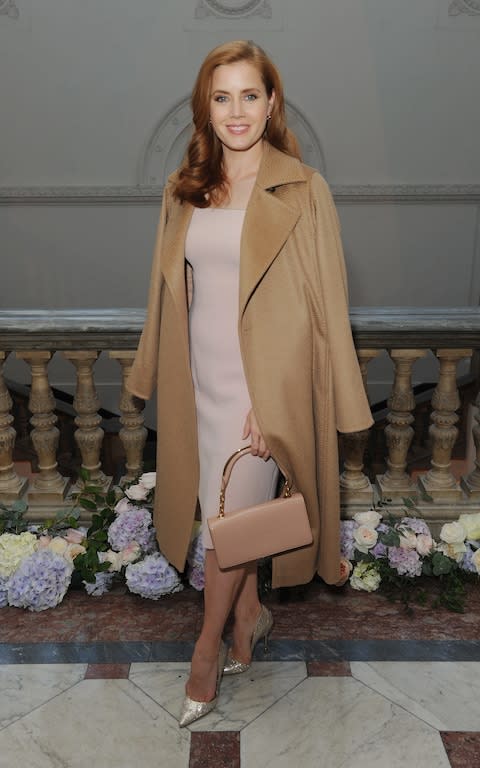
For him, those impeccably cut 101801 wrap coats, of which the company has sold many hundreds of thousands since the design launched in 1981, are "concealment as well as armour. They're adopted by unconventional people to help them achieve what they want in life.
"That coat is about chic and power, and it also has those slightly dodgy used-car salesman associations too. Its allure is down to Del Boy plus Kim Kardashian. I watch women in our stores try on one of those coats: she ties the belt and looks in the mirror and you can see she feels like an off-duty movie star arriving at the studio in the morning. Nothing makes you feel so glamorous."
For him, those coats and the impeccably cut trousers and sweeping dresses beneath are architecture, protection and structure. "We all need to feel secure in order to feel confident," he explains.
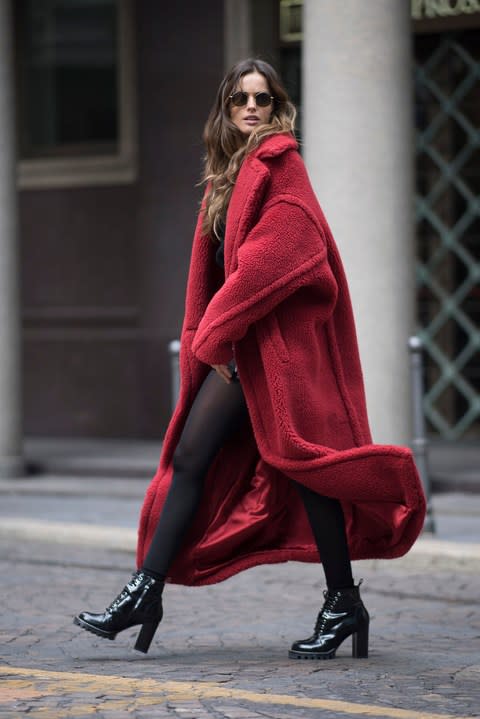
"So much of fashion can make us feel insecure: 'Am I thin enough? Am I tall enough? Do I actually look ridiculous? Are people laughing at me every time I walk out of the room?' The Max Mara woman's agenda is to change the world. People talk about feminism in fashion but this brand has been doing that for nearly 70 years."
The weather in Emilia-Romagna was a strange mixture of heavy rain and hailstorms, and intense sluggish heat. But within the Maramotti galleries, Griffiths' resort show offered a collection that prepared his customer for any eventuality, any occasion.
The clothes referenced the art around them - the welded metal of Burri's Ferro inspired the pleats of a dress. There were Cy Twombly-esque scribbles across a skirt. But the overwhelming impression was of supreme elegance. The models were cosseted, guarded, protected, embraced by coats, dresses and knits - all helping them go out and win.
Sign up for the Telegraph Luxury newsletter for your weekly dose of exquisite taste and expert opinion.

